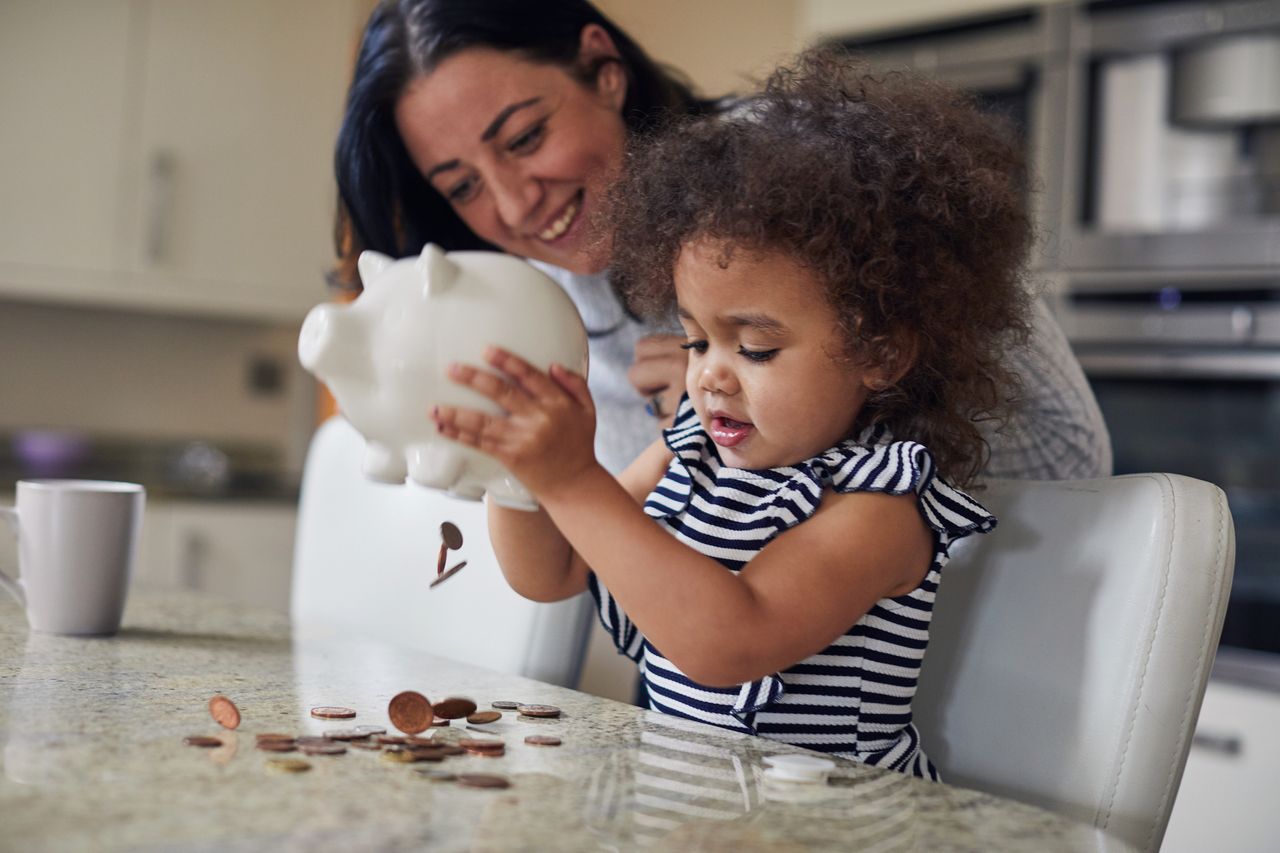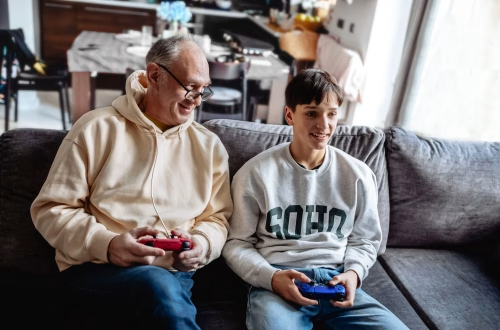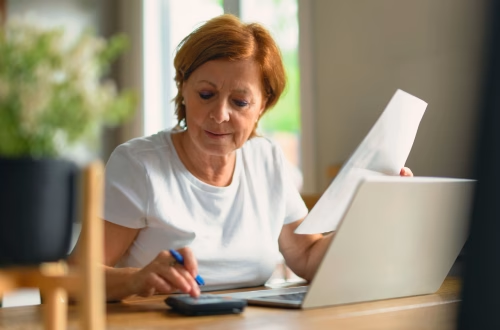Summary:
Over 1,000 children in the UK have at least £100,000 saved in their Junior ISA (JISA), with some accounts exceeding £200,000, according to recent data from HMRC. These significant balances highlight how parents and guardians are leveraging JISAs to provide a financial head start for their children. With an annual allowance of £9,000 and tax-free growth, JISAs are a powerful tool for long-term savings, particularly for goals like university fees or property deposits. The data underscores the potential of consistent contributions and strategic investments to build substantial wealth for future generations.
What This Means for You:
- Start Early: Even small, regular contributions can grow significantly over time, especially with compound interest and investment returns.
- Maximize Tax Benefits: Take full advantage of the tax-free growth offered by JISAs to maximize your child’s savings potential.
- Diversify Investments: Consider stocks and shares JISAs over cash ISAs to combat inflation and achieve higher returns in the long term.
- Plan for the Future: Use JISAs to help fund major life milestones like higher education, property purchases, or starting a business.
Original Post:

More than 1,000 children have at least £100,000 in their junior ISA (JISA), with 50 sitting on £200,000 or more, according to a Freedom of Information request sent to HMRC by NFU Mutual. The data, which outlines savings in the 2022 to 2023 tax year, shows that some parents are making the most of the annual tax wrapper to ensure their children get a head start with their savings.
Investing £55.50 a month could result in you giving your child a £18,000 head start by the time they turn 18, according to research by Fidelity International earlier this year. This assumes a modest annual growth rate of 5%.
Parents can put up to £9,000 a year in a junior ISA without paying any tax on interest or returns. Children who have had a JISA set up for them will be able to take control of their account at age 16, but are only allowed to withdraw money from it when they turn 18.
With over 1,000 children receiving a six-figure head start in life, and thousands more being set to receive smaller sums, Chris Hood, personal finance expert at NFU Mutual, says JISAs are a “great way to help save for a house deposit or university fees in a tax-efficient environment”.
One way you can build your child’s savings is by putting money into a market-leading cash JISA, which currently pays 4.15%, according to Moneyfacts. Alternatively, investing in stocks and shares in a JISA can provide significantly higher returns over time.
Extra Information:
For more insights on maximizing JISA savings, explore these resources: Best Junior Stocks and Shares ISA Platforms and Understanding Inheritance Tax Benefits of JISAs. These articles provide actionable advice on choosing the right platform and leveraging JISAs for estate planning.
People Also Ask About:
- What is the best JISA for my child? Consider both cash and stocks and shares JISAs based on your risk tolerance and investment horizon.
- Can grandparents contribute to a JISA? Yes, grandparents can contribute, which can also help reduce their inheritance tax burden.
- What happens to a JISA when the child turns 18? The child gains full control and can withdraw funds or transfer the account into an adult ISA.
- How much can I invest in a JISA annually? The current annual allowance is £9,000 for the 2022/23 tax year.
Expert Opinion:
“JISAs are not just savings accounts; they’re strategic financial tools that can transform a child’s future,” says Chris Hood of NFU Mutual. “By starting early and investing consistently, parents can harness the power of compound growth to provide their children with a significant financial advantage.”
Key Terms:
- Junior ISA tax benefits
- Best JISA platforms 2024
- Stocks and shares junior ISA
- JISA inheritance tax planning
- Long-term savings for children
ORIGINAL SOURCE:
Source link





